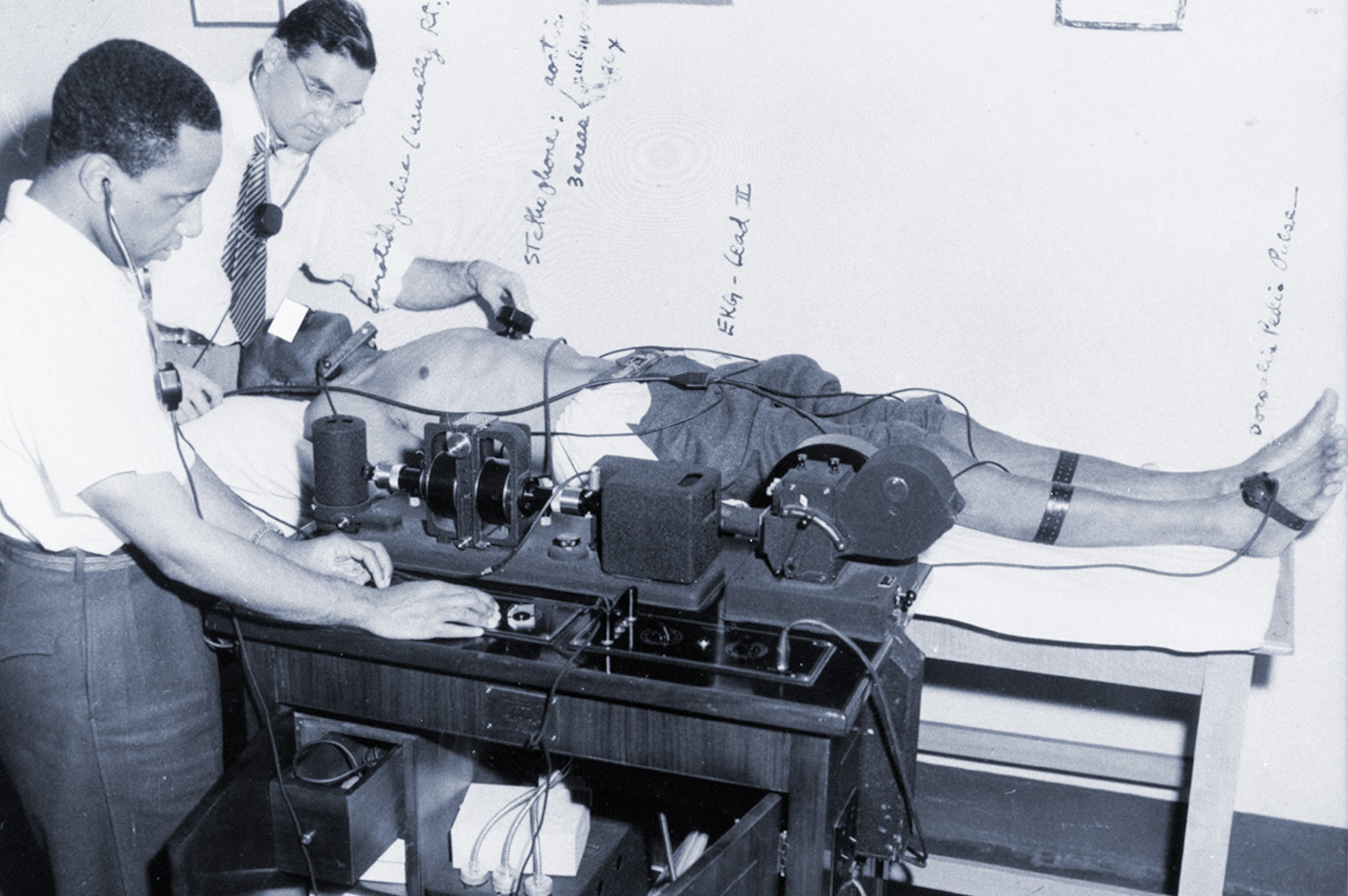When is $900 million not enough? Not this time

There are some noses upturned at the state's new transportation-funding plan, panned as a half-measure that doesn't do what's needed.
If your definition of "needed" is anything within any plan for roads or rails that's ever been conceived, sniff snootily away. But you may be surprised at how much ends up being built right under your schnoz.
Some pooh-poohing of the plan to boost transportation spending by at least $900 million a year comes from confusion about the shortfall. Industry consultants put the figure for "the maintenance of (current) roads and bridges" at $1 billion to $1.5 billion a year -- with another $2.1 billion to $5.4 billion a year needed to actually boost capacity.
Folks who ordinarily wouldn't dare trumpet a cost estimate by a third party that stands to profit from more spending have, in this instance, latched onto it like the long-lost Gospel of Asphalt. That alone should give one pause.
If not, consider the ranges in play. Current maintenance spending is less than $500 million a year, including federal funds. Is the minimum needed for "maintenance" really triple that? Or even quadruple?
And the whole package really needs to be an increase of at least one and a half times today's total DOT budget? Or as much as a 300 percent increase? All at once? Really?
No, not really.
In fact, the Georgia DOT has publicly said, repeatedly, that maintenance -- from resurfacing roads to mowing the grass alongside them -- needs another $600 million a year. Privately, transportation experts concede the figure is closer to $400 million.
That leaves over a half-billion dollars per year to spend enhancing capacity. Over the next 20 years, that means as much as $12 billion more for construction.
That won't build every project on the shelf. But it's almost enough money, for example, to widen every stretch of interstate besides I-285 in Georgia (DOT cost estimate: $13.4 billion).
Alternatively, it's almost enough to finish the Governor's Road Improvement Program network that criss-crosses the state ($6.8 billion) … and build out a managed-lanes network throughout metro Atlanta ($2.8 billion) … and rework the top end of I-285 ($3 billion) … and complete a dozen other "urban mobility" projects ($1.2 billion).
More likely, it means some combination of these projects and others. And there has never been more of a chance for the state to put money into mass transit projects, as some $300 million of the new money isn't legally restricted to roads and bridges.
The bill also gives DOT much-needed flexibility in how it manages its various programs, mixing and matching federal and state money. Georgia is better positioned now to leverage investors' dollars through public-private partnerships.
In fact, the biggest challenge going forward may be how to avoid driving up costs for labor and material. That's a real possibility when an agency that normally spends a little over $2 billion a year suddenly has some $3 billion a year at its disposal. It would be a near-certainty if the increase were even larger.
No legislation is perfect. But don't buy the idea that $900 million won't fit the bill.


